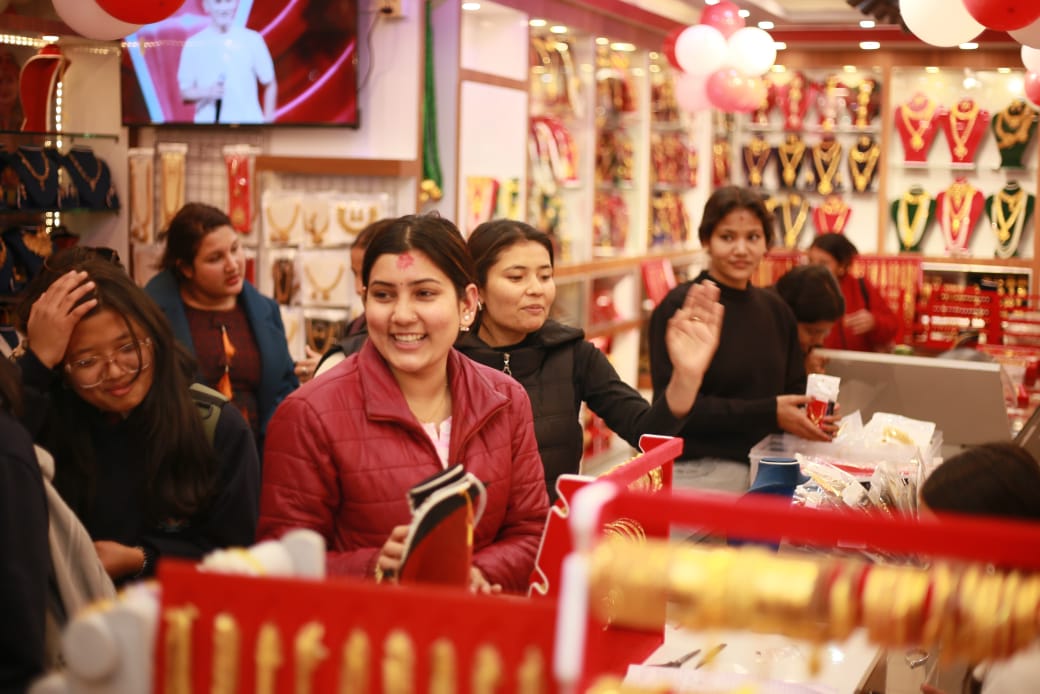
- 19 Feb, 2025

Jewelry in Nepal is more than just an accessory; it carries deep cultural, spiritual, and historical significance. From ancient times, Nepali jewelry has been an essential part of a person’s identity, particularly for women. Traditional ornaments are often passed down through generations, representing family heritage and prosperity.
Tilhari is a sacred necklace worn by married women, symbolizing their marital status. It consists of a long string of green glass beads with a gold pendant, often designed in intricate patterns. Women wear tilhari during the Teej festival and other auspicious ceremonies.
Pote is a daily-wear beaded necklace for married women. Made of tiny glass beads in vibrant colors, red and green are the most common shades. Pote represents the long life of a husband and is considered a sign of good luck.
Silver anklets, known as pauju, are worn by married and unmarried women. They are believed to bring positive energy and protect the wearer from negative influences. Unlike gold jewelry, silver ornaments are worn on the feet as gold is considered sacred.
Kantha is a heavy gold necklace, usually worn by brides and women of high social status. It is handcrafted with detailed designs and is a symbol of wealth and prestige.
Sirbandi is a decorative headpiece worn by brides on their wedding day. It is placed at the center of the forehead and adds to the elegance of bridal attire.
Nepali jewelry is a reflection of history, tradition, and identity. Despite modern influences, these timeless pieces continue to hold great value in Nepali society.
Comments (0)